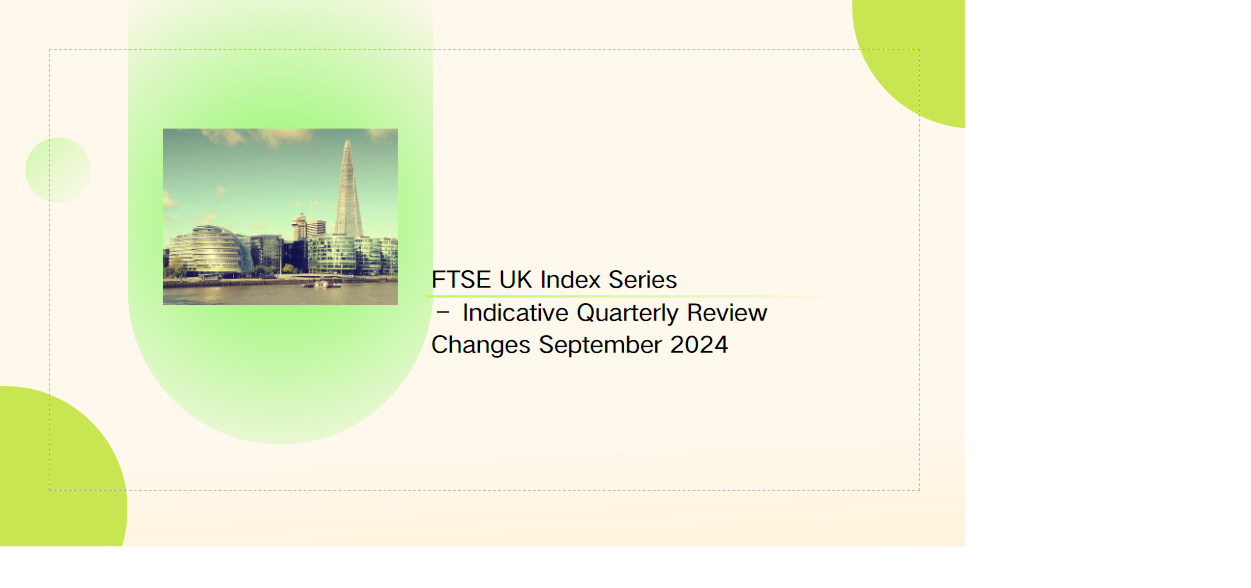The PRA publishes the second policy statement on Basel 3.1 and proposals on the strong and simple capital regime for smaller firms
Today, the Prudential Regulation Authority (PRA) has published the second near-final policy statement and rules covering the implementation of Basel 3.1 standards for credit risk, the output floor, reporting and disclosure requirements in response to consultation paper CP16/22.
The near-final policy statement is relevant to all PRA-regulated banks, building societies, investment firms and financial holding companies (‘firms’).
Based on latest data from firms, the PRA estimates that the Tier 1 capital requirements for major UK firms will be virtually unchanged by today’s package, with an aggregate increase of less than 1% from January 2030 when the transitional arrangements come to an end.
The near-final policy statement will give certainty to firms on their future capital requirements and deliver a better balanced and risk-sensitive approach to calculating regulatory capital under the Basel 3.1 framework. It will also support financial and economic stability, and the growth and competitiveness of the UK, while remaining aligned to international standards. We have had particular regard to growth and competitiveness considerations given that the PRA’s new secondary growth and competitiveness objective has now come into force.
The near-final policy statement takes account of feedback received through various channels which include 126 written responses received to CP16/22 as well as more than 70 meetings held with stakeholders to discuss their views. Some of the most material changes to the original proposals include:
·Lower capital requirements for small and medium enterprise (SME) exposures: resulting in no increase in capital requirements relative to today, and improvements to reduce operational burdens, making it easier for firms to lend to SMEs;
·Lower capital requirements for infrastructure exposures: resulting in no increase in capital requirements relative to today;
·Lower capital requirements for trade finance-related activities: maintaining the existing UK capital requirements regulation (CRR) 20% conversion factor for ‘transaction-related contingent items’;
·A simpler, more risk-sensitive approach to valuing residential property; and
·An adjusted approach to calculating the output floor: which improves the consistency between this, and the standardised approaches used by firms without model approval.
Implementation and next steps
To support a smooth implementation of the package and having considered feedback from the consultation as well as the implementation timelines of other jurisdictions, the PRA has decided to move the implementation date for the Basel 3.1 standards by a further six months to 1 January 2026 with a four-year transitional period ending on 31 December 2029.
Sam Woods, Deputy Governor of Prudential Regulation and CEO of the PRA said:
‘These rules will improve the way in which we regulate the banks in order to maintain safety and soundness and wider financial stability. We have made a number of important changes following consultation, and the resulting package will support growth and competitiveness while also ensuring that the UK aligns with international standards.’
The Strong and Simple capital regime
We have also published a wider banking capital package of consultation papers including CP7/24 ‘The Strong and Simple Framework: The simplified capital regime for Small Domestic Deposit Takers (SDDTs)’ which sets out proposals that would significantly simplify the capital regime for SDDTs whilst maintaining their resilience. In doing so, the proposals for the SDDT framework would also support a competitive, diverse and sustainable banking sector in the UK.
With the publication of CP7/24, the PRA has made significant progress towards tackling many of the issues with current regulation that small firms have raised in previous years.
The Strong and Simple CP proposes simplifications to all elements of the capital stack:
·Pillar 1 risk-weighted assets would be calculated using Basel 3.1 rules, with some simplifications for SDDTs;
·Pillar 2 would be radically simplified; and
·There would be a single, more constant and predictable capital buffer.
In the CP, the PRA has proposed that the implementation date for the simplified capital regime for SDDTs will be 1 January 2027. The consultation period closes on 12 December 2024.























































First, please LoginComment After ~